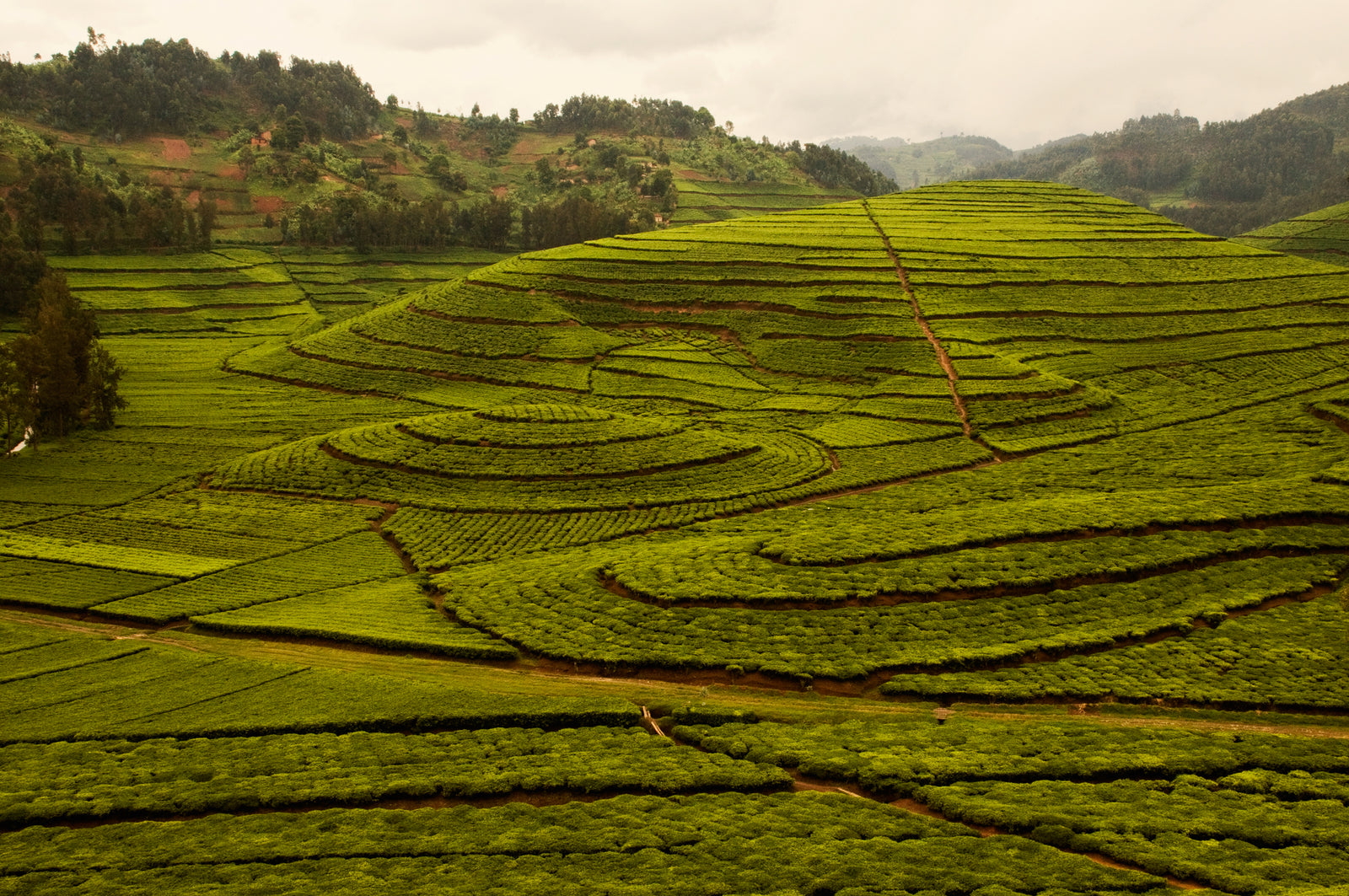What is lemongrass?
Lemongrass (Cymbopogon citratus) is a tall, perennial grass in a class of about 55 species of grasses native to the tropical and sub-tropical climates of Asia, Australia and Africa. India is the highest producer of lemongrass (producing over 2 million pounds per year), where it is cultivated along the mountain range of the Western Ghats and beside the foothills of Arunachal Pradesh and Sikkim in the Himalayan mountains. Second to India, is Sri Lanka
How it Grows
Lemongrass has red base stems and can grow up to 10 feet in its favoured habitat. The greatest time of growth for lemongrass is during the summer in moist, rich soil. If you’re thinking of planting lemongrass, just remember its roots tend to take over in a garden, so physical barriers should be put up whenever planting the grass near other plants.
Each stalk of lemongrass has several layers, each growing tightly wrapped around its core. The top layers are tough and green like a cornhusk's outer layer. When peeled away, you will find the familiar inner white core of the lemongrass stalk, which best for cooking.
What to Look For
When buying lemongrass, it’s important to keep a few essential facts in mind:
- Look for firm stalks; stalks that are soft or rubbery will not yield good flavour.
- The lower stalk should be a pale yellow, while the upper stalks are green.
- Stay away from lemongrass that has brown outer leaves.
Once you’ve selected your lemongrass, consider these storage tips:
- If you find your stalks have dried out, place them into pots of soil. Within ten days or so, they will grow new, bright-green blades.
- Good-quality lemongrass can be stored in the refrigerator, tightly wrapped, for up to two weeks.
- Lemongrass freezes well. Some of the aroma and freshness may be lost when frozen for long periods of time, but the unique flavour will remain and the grass will be easier to cut.
- Lemongrass stalks can also be cut into small pieces and dried. These dried pieces should be stored in airtight jars then used as is or ground to a powder before incorporating into a dish.
Lemongrass Processing: Steaming → Cutting → Withering → Drying
How to Use Lemongrass in Tea
In African and Latin American cultures, lemongrass is frequently used (fresh or dried) to make tea.
Redber’s Birchall Lemongrass and Ginger Herbal Infusion tea bags are a delicate blend of lemongrass and ginger. The ginger adds a uniquely invigorating aroma to the citrusy lemongrass, making the drink extremely refreshing when served hot or iced. To prepare our Lemongrass Herbal Infusion, pour 8 ounces of boiling water over one pyramid tea bag or 2 grams of the loose leaf herbal tea, and steep for five minutes.
Tasting Lemongrass
Birchall’s Lemongrass & Ginger tea is a naturally caffeine free, warming herbal tea made with pure lemongrass and spicy ginger pieces. The renowned digestive benefits of ginger root and the soothing properties of lemongrass combine perfectly in this delightful infusion to elevate your mood and revive you anytime you need a boost.
Their pursuit of quality ensures only the most elegant batons of lemongrass and delicate cuts of ginger pieces have been used in this blend and it is these that give Birchall Lemongrass & Ginger its woody citrus aroma, light yellow liquor, and lively, uplifting character.
Ingredients: Lemongrass & Ginger
Dry Leaves: Small lemongrass stalks and ginger pieces.
Aroma: A softer and lighter citrus.
Colour: Delicate yellow.
Flavour: Refreshing and clean with a lemony sweetness. An invigorating citrus indulgence.
Love tea? Check out our range of Tea Equipment, Tea bags, Loose Leaf teas, and Afternoon Tea ranges!
Sources: birchallteas.co.uk, Wikipedia, medicalnewstoday.com.

